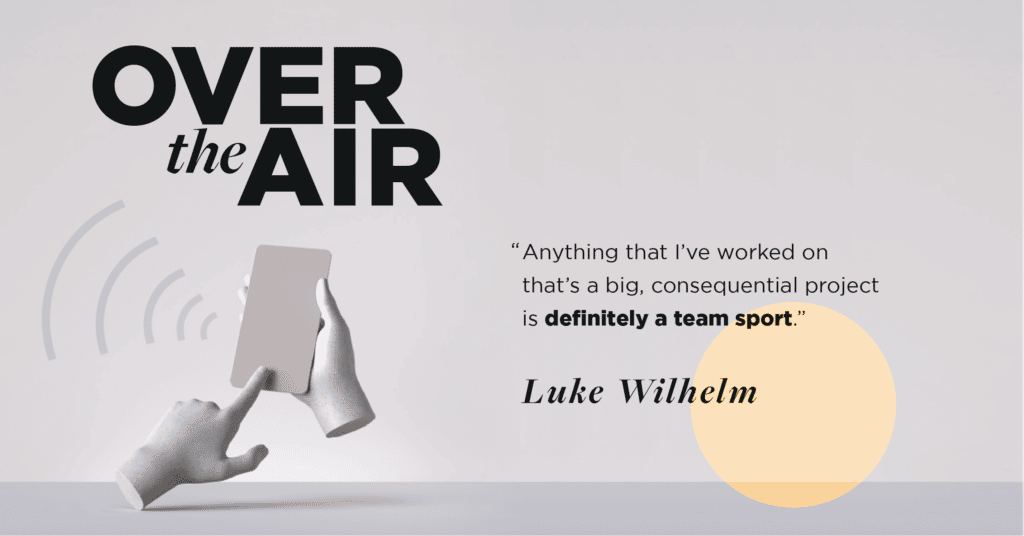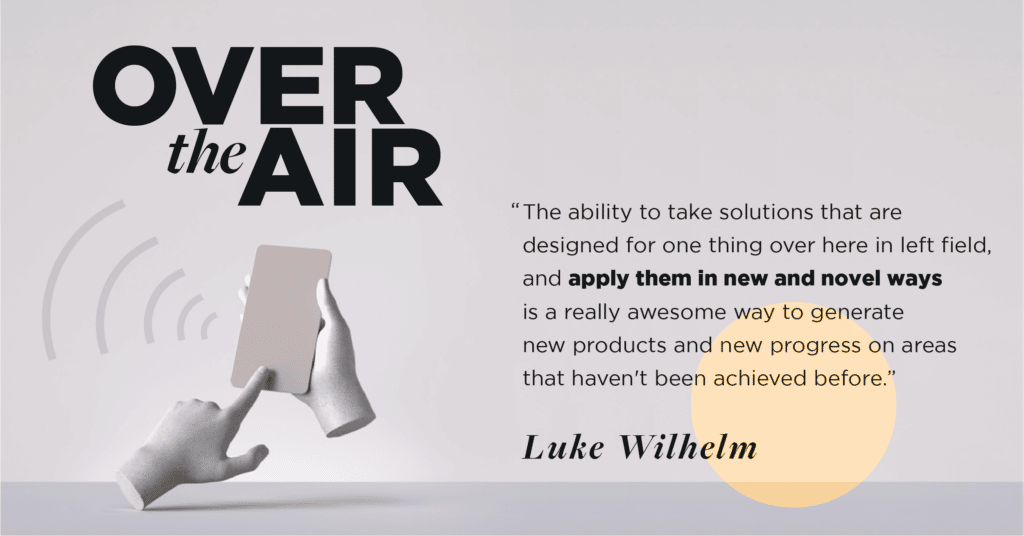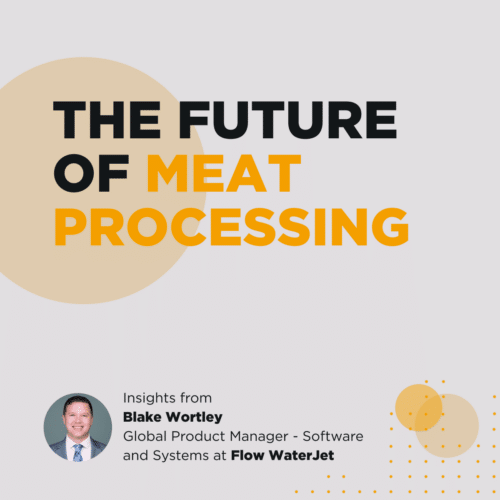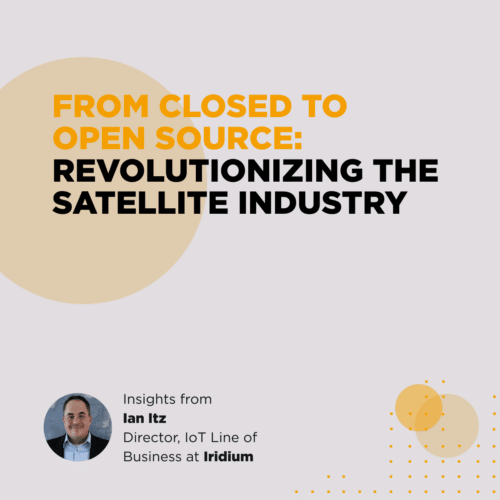Podcast
Episode 6: Moonshot Engineering Projects: Getting Innovative Initiatives Off the Ground
May 25, 2021
37 minutes
Moonshot Engineering Projects: Getting Innovative Initiatives Off the Ground
You’ve been given the reins of a moonshot engineering project. The company’s big, make-or-break initiative is in your hands and all eyes are on you. Feeling lost? Overwhelmed? No idea where to start?
New Over the Air co-host, Luke Wilhelm — Chief Product Officer here at Very and a veteran leader of big consequential projects — doles out advice for overseeing critically strategic engineering initiatives.
Topics that we covered:
- Advice for newbies leading a really big initiative
- Identifying risks throughout the lifecycle of the project
- Tips for effectively managing up
- Why saying “no” often makes saying “yes” more effective
This post is based on a podcast episode with Ryan Prosser and Luke Wilhelm. To hear more interviews like this one, subscribe to Over the Air wherever you listen to podcasts.
What to Focus on at the Start
There’s probably a lot going through your mind if you’ve just been tasked with leading a moonshot engineering project. But there are two specific things you can focus on at the get-go to clear the way for the road ahead.
1. Build a High-Quality Team

When you’re in charge of a big initiative, you need to be able to trust the people around you to do their jobs and do them well. So hiring the right people should be your initial focus.
Qualities to look for:
- People who get along well together
- Area experts who will help you gauge the highest risk items in the project
- People who are data-driven, honest, and willing to put their feelings aside to get to the best possible outcome
2. Identify the Highest Risk Hurdles
The second thing you’ll want to focus on is identifying the highest risk items in the lifespan of the project. Make sure you’re prepared to resource that sufficiently so that you’re able to overcome whatever those obstacles and challenges are.
Identifying Risks Throughout the Project’s Lifecycle

The risks of a project change depending on the phase of the project.
Early on, the major risks revolve around what needs to be invented to complete the project. You might be lucky and discover that taking a cutting-edge technology in one space and applying it in a new and novel way to your project works perfectly.
Other times you may have to invent new ways to use the physics that exist to solve problems that have never been solved before, which can be a riskier challenge.
Once the project is off the ground, it’s all about managing the risks around the project management trifecta: cost, quality, and timing.
“Those three things are what you’re always trying to optimize around,” says Luke.
Tips for Managing Up
As the leader of a big initiative, you need to communicate your progress including any news — good or bad — to the C-suite. The best approach in this is to be honest about what’s going on, no matter what it is.
“A lot of people, in my experience, really don’t want to tell their boss’ boss’ boss’ boss terribly bad news,” says Luke.
But keep 2 things in mind:
- You’re acknowledging reality — Just because you don’t want to say it, doesn’t mean it’s not true. You will have to deal with bad news eventually. So being honest and getting over that hump early is extremely important.
- Bring solutions — It’s worse to deliver bad news with no ideas on how to approach solving the problem. Keep your ear to the ground for any potential solutions and bring them when you deliver the bad news.
Weaponize Your Nos
Luke spent some time working at Apple where they enroll leaders in classes that teach you to say no early and often. In fact, Steve Jobs was infamous for saying ‘no’ to a vast number of ideas he thought were superfluous to overall goals.
What does this mean for you?
You don’t always have the luxury of pursuing everything that might be fun to pursue, especially if you’re a smaller, cash-strapped startup. So you need to say no to the things that are not going to add maximum value to the actual solution that you’re chasing.
“Trying to constantly correct to stay on that right path to solving the actual project problem is super important,” Luke says. “That can be deleting features, that can be deleting people, that can be deleting organizations.”
Correct the problem as soon as you can and say no to things that are not solving the fundamental thing that you’re pursuing. That way you can stay laser-focused on keeping your moonshot initiative on course.
For more insights into connected devices, subscribe to Over the Air wherever you listen to podcasts.

Hosted by: Ryan Prosser
CEO at Very
As Very's CEO, Ryan collaborates daily with product, sales, and marketing to deliver the IoT solutions our clients look for. He is also a champion for our culture, fostering transparency and efficiency across our distributed team.











